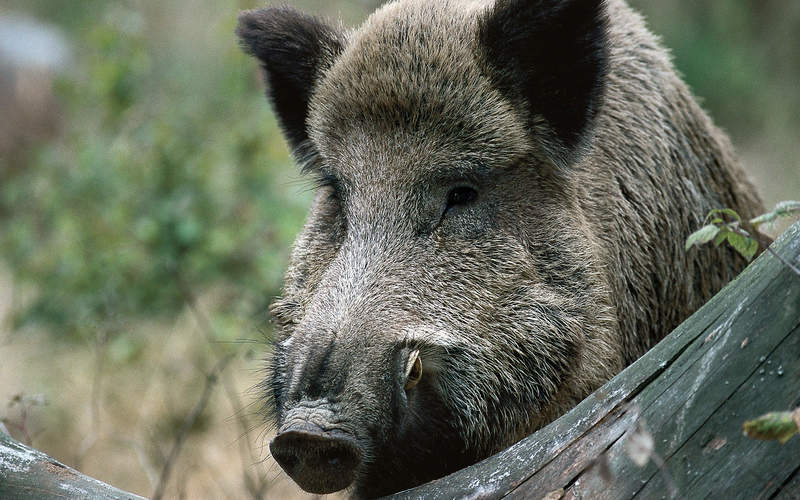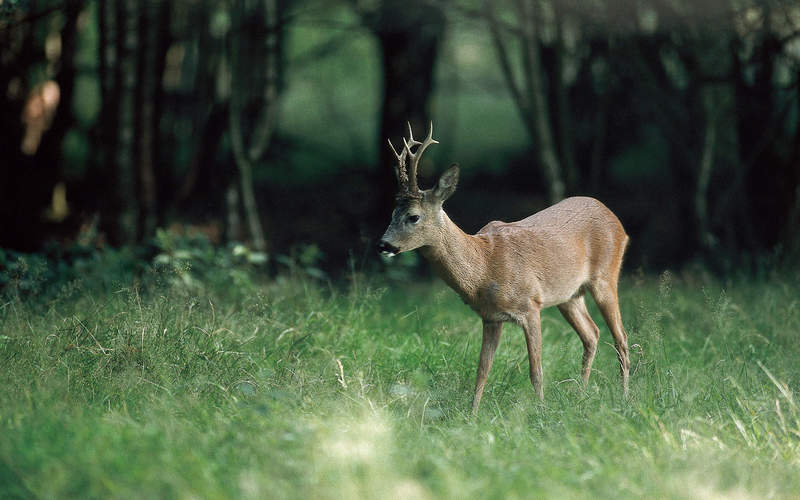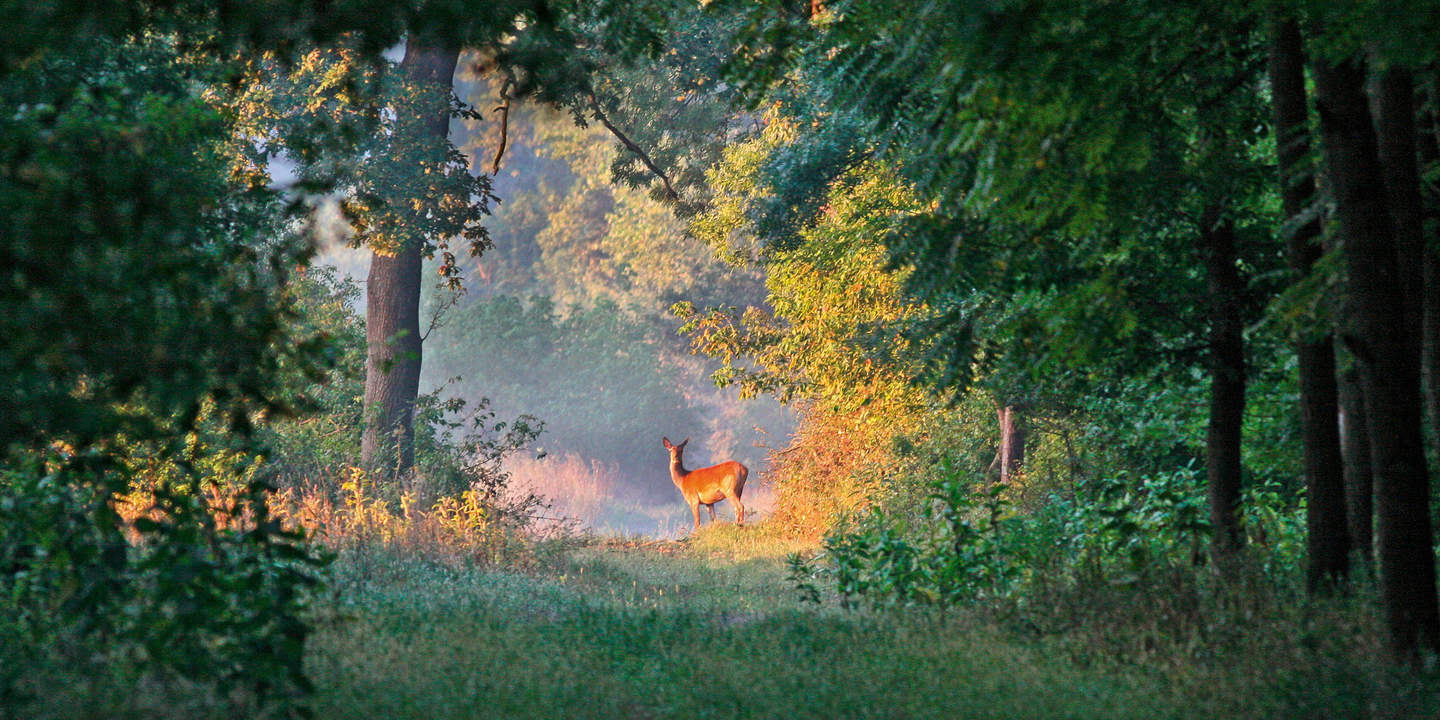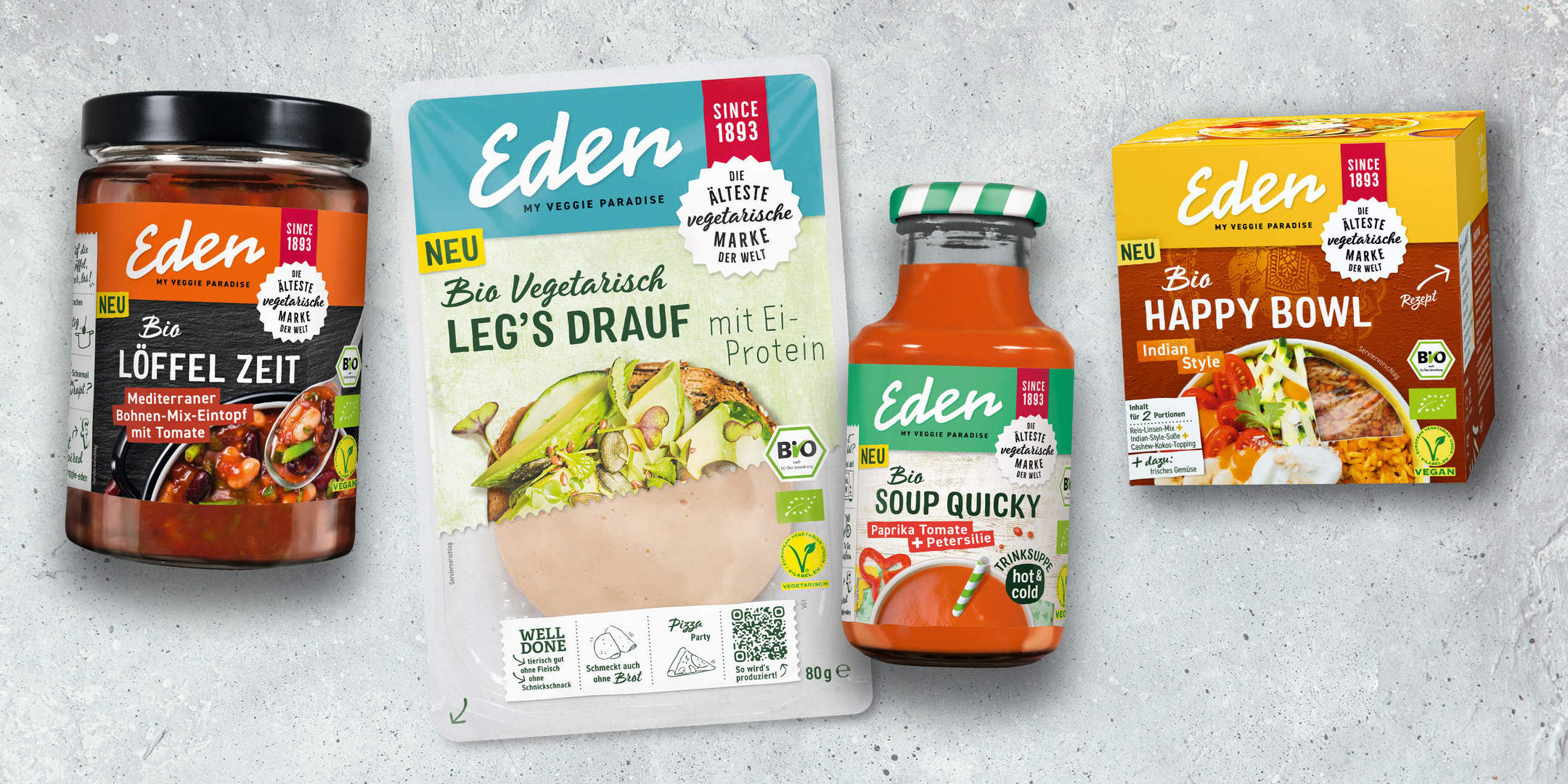The game meat guide clears up old preconceptions
Many people turn up their noses at the thought of eating game – although it is completely unjustified! Not only is game easily digestible; more than virtually any other source of meat it represents a sustainable and environmentally friendly form of consumption. LOOK! clears up old preconceptions.
The preconceptions about game, wild boar meat and venison are hard to break: the taste is strong and the meat contaminated and difficult to prepare.
These myths are, however, remnants from a time when not every household had a refrigerator or freezer. In those days, unrefrigerated game was eaten even though it was no longer fit for consumption. The meat had to be marinated, pickled and cooked to make it palatable. The «high» flavour is therefore not a typical gamey taste, as is so often assumed, but rather a consequence of incorrect meat storage.
Like any other kind of meat, game is subject to strict control inspections in Europe. The meat matures in chilling rooms and is processed under hygienic conditions. Strong-smelling game that is harmful to health is therefore a thing of the past.
Sustainable natural product
Game animals spend their life in the wild. A life lived in freedom, stress-free growth and a natural and varied diet make game meat something very special. Contrary to all prejudice, game is therefore not only very tender and tasty but also easily digestible. In fact, it is superior to conventionally produced meat in many aspects from a nutritional viewpoint. Low in fat and rich in proteins, vitamins and nutrients, game is a good source of a variety of minerals as well as all-important, unsaturated Omega-3 fatty acids.

Free in the wild or in captivity
The most important aspect of buying game is its origin. In its advisory booklet for guidance at the meat counter, the WWF recommends «game from sustainable, regulated hunting grounds within the EU». Many countries have developed means of enclosing the wild animals to ensure independence from the success of hunting parties. These holdings are a type of livestock husbandry that has nothing to do with hunting. From a culinary viewpoint, game raised in enclosures loses its typical taste due to the human influence on its feed, but the quality of the meat is on a par with that of its peers living in the wild. This also applies to packaged and deep-frozen game. Slaughtering to order is not possible as game is protected during closed seasons. It is therefore often essential to deep-freeze game to ensure its availability in the shops at the right time.

Not only old classics
Kitchen classics prepared with game include roasts, ragouts, jugged hare and goulash. Today, however, game is prepared in the same way as meat from cattle and pigs. It doesn’t need any special seasoning and preparation and tastes just as good whether grilled, fried or roasted. It is ideal for trendy dishes such as pulled meat and also for more traditional kitchen classics. Game is available in a wide variety that can easily compete with the meat of conventional livestock: the range runs from stag, deer and wild boar to chamois and hare to winged game such as duck, pheasant, partridge, quail and pigeon. The game range offered by Bell Switzerland consists of around 260 items. Game is nonetheless still a niche product – undeservedly so. For game is ideal for anyone who sets store by a balanced and varied diet.

